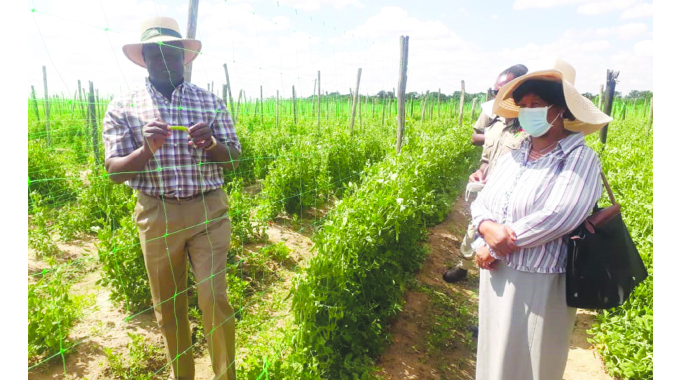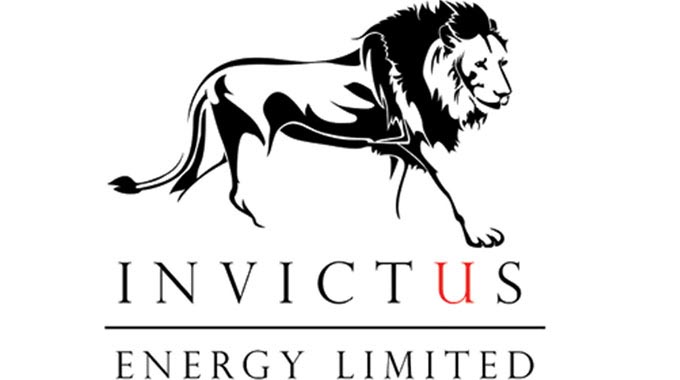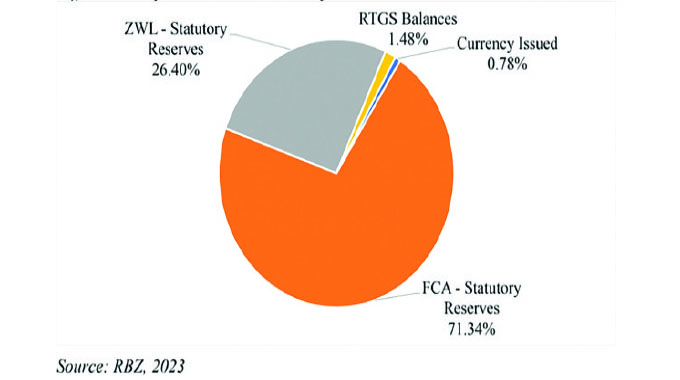ZimTrade model farm project to boost exports

Business Reporter
Zimbabwe’s trade development and promotion agency, ZimTrade, is continuing with its “Best Model Farm” project where it showcases exporting farms as a way of encouraging other farmers to get into the export markets.
Launched in 2019, the “Best Model Farm” project, is currently being implemented by ZimTrade in partnership with the Netherlands-based PUM and Netherlands Embassy in Zimbabwe.
Among other things, the Best Model Farm project seeks to boost horticultural exports by small holder farmers through various capacity development initiatives, including technical intervention trainings by local and international experts.
While the agreement covers a wide range of sectors, horticulture is prioritised due to its potential for export growth.
In line with the project objectives, last Friday Zimtrade arranged a tour of Talana Farm in Chegutu. The farm is owned by former OK Zimbabwe chief executive officer Mr Willard Zireva.
At least 10 farmers, both smallholder and large scale, were part of the tour.
Also present was Mrs Beatrice Mutetwa, a farmer and chief director in the Ministry of Foreign Affairs and International Trade who was accompanied by several officials from the ministry.
Prior to the tour, ZimTrade chief executive officer, Mr Allan Majuru, spoke about what the Best Model Farm project is all about.
Mr Majuru said the concept started in 2019, with several partners including PUM Netherlands senior experts, and three model farms including Mr Zireva’s Talana Farm.
An additional farm in Mhangura has since been added.
“We hope that as we go on, we are going to be increasing the number of farms that are part of this,” Mr Majuru said.
“We are assisting these model farms in a number of areas including technical interventions, cold chain management, issues to do with soil tests, agronomy and nutrition among others.”
In addition, Mr Majuru said, the project has helped create networks that allows sharing of information among farmers.
“We don’t underestimate the partners that we have and we are very grateful to the farmers that are part of this programme, for allowing us to take part or to use your farms as models that can help others.
“In future, the idea is to make sure that we also incorporate small scale farmers around as out growers, so that we consolidate, aggregate and export to the Netherlands and in the region,” Mr Majuru said.
During the tour, Mr Zireva showcased his peas crop and blueberry plants, both destined for the export market.
He said his farm has been growing peas since 1996, and sold through middlemen, which resulted in issues.
Due to power outages and other challenges, the farm stopped growing peas in 2007 when it lost 14 hectares of peas due to power outages.
From 2013, the farm started growing peas again on assurance of a market through a third party, who unfortunately failed to secure a market, post-harvest.
However, through new knowledge and assistance from ZimTrade and PUM, Talana Farm is now exporting directly to Europe since 2015.
“The Zimbabwean product, from what we hear, especially from the UK, is preferred ahead of Kenyan and South African products.
“So we have a window as a country, where export markets are more inclined to buying from us than other countries,” Mr Zireva said.
Currently Talana Farm has 10 hectares under sugar snap peas and three hectares under blueberries.
Zimbabwe’s current peas exports are valued at less than US$10 million at a time global pea imports stood at US$459 million in 2018, according to Trade Map.
Current plantings are behind growth in demand with the Netherlands being the major market.
Major global importers of mange tout peas in 2018 include Netherlands (US$70 million), United Kingdom (US$64 million), Canada (US$59 million) and France (US$19 million).








Comments